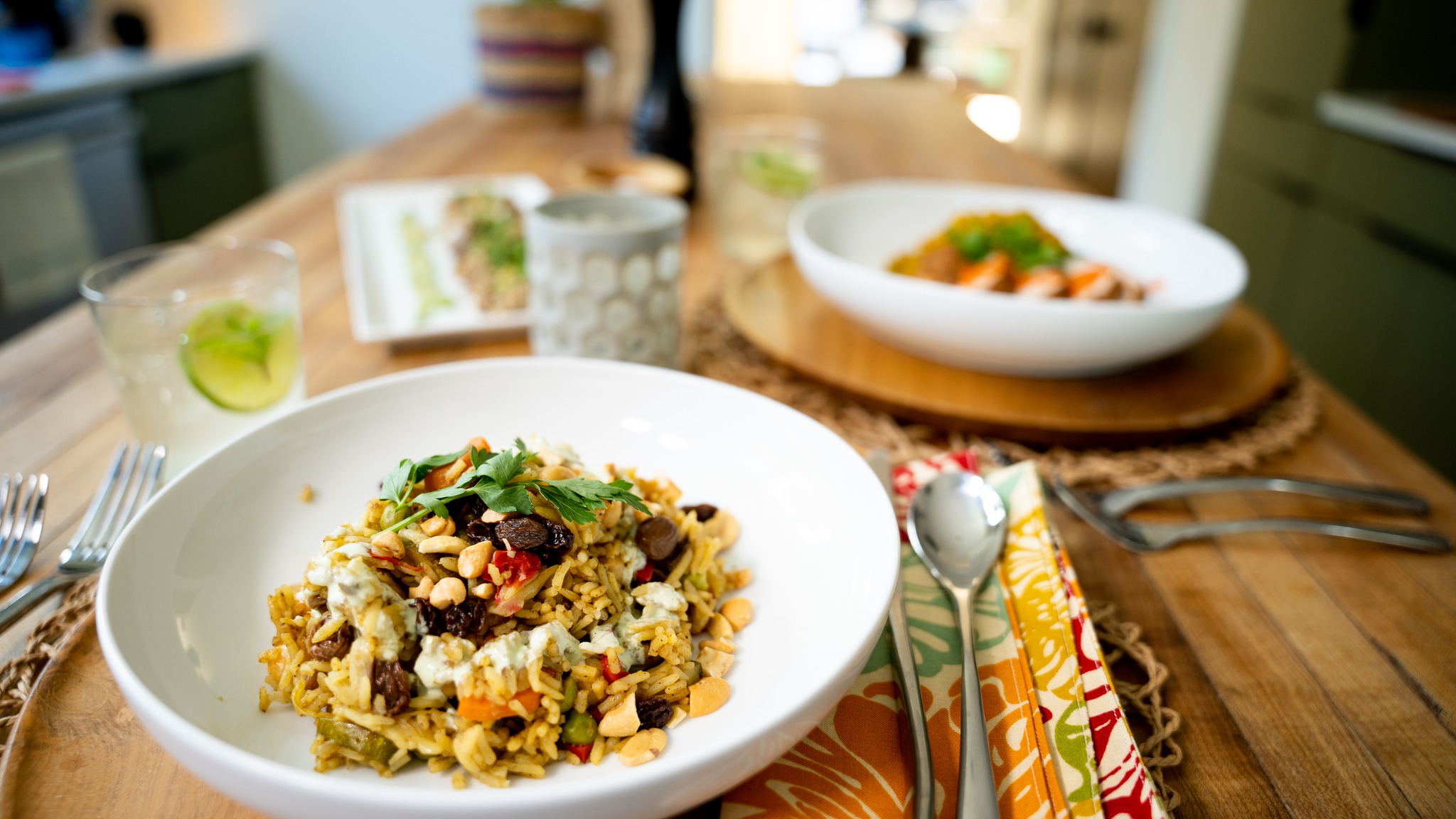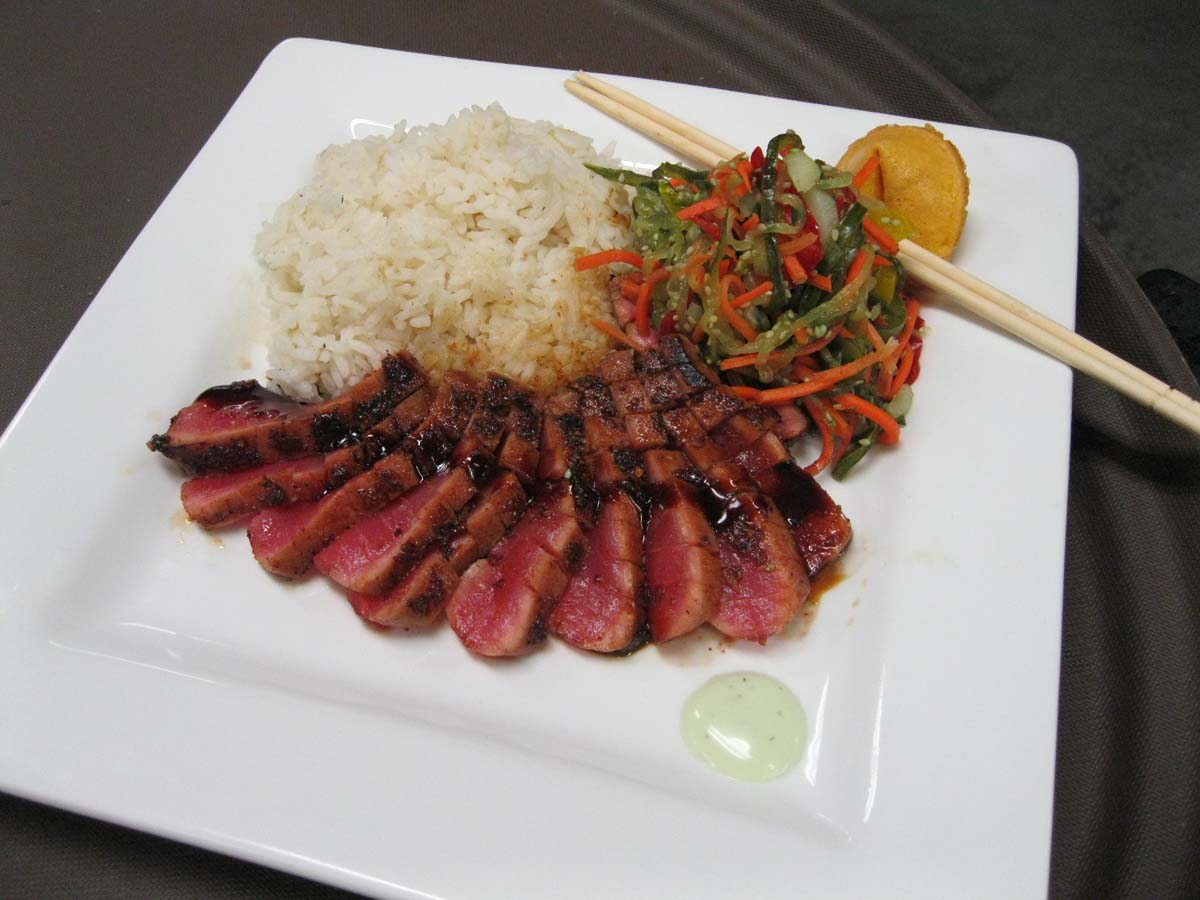As always Chef Services Group is expanding their creativity and understanding. The current research project is to understand and implement the spherification process. The spherification process can be done two ways basic and reverse.
Basic spherification is achieved by submerging a liquid containing sodium alginate into a calcium bath to create a very thin layered membrane encapsulating the liquid.
- This gelation occurs from the outside to the inside so that the membrane is the same color as the interior liquid; however this same property requires the sphere to be served immediately. This is because the ball will continue to solidify, even after being removed from the bath and rinsed, until it is a fully solidified gel ball.
- The chemical reaction between the sodium alginate and the calcium bath is responsible for the consistency becoming gelled or even gummy but does not impart any flavor on the liquid unless the pH is less than 5. In the case that the pH of the liquid being used is less than five, then the pH must be raised by the used of sodium citrate if spherification is to be obtained. This introduction of sodium citrate can often impart a sour flavor on the liquid.
Basic Spherification is considered the optimum method for spheres. This is because the delicate membrane that is created bursts easily allowing the encapsulated liquid to flood the plate without there being a thick membrane left behind. Since the membrane is so thin and flexible it is forgiving in its shape. This allows imperfect spheres to appear symmetrical when placed on a plate.
Reverse Spherification was created to help with the shelf life of basic spherification. This process creates a gel that does not need to be served right away because the geling process ceases when removed from the bath and rinsed.
- During reverse spherification a liquid containing a combination of calcium gluconate as well
as calcium lactate is submerged in a sodium alginate bath. This process is optimum for high calcium or high alcohol containing liquids.
- This process is much more versatile because the gelling process takes place from the outside in. Therefore the process
- creates a thicker clear membrane. This thicker membrane halts the gellation process when removed from the bath and can then be placed in a separate liquid and held until needed. The holding liquid can be flavored allowing the spheres to be macerated to add and additional flavor.
- The thicker gel layer requires a more precise circle to be placed into the bath because the gel ball does not contour with the plate. Instead the ball will sit with only one side on the plate.
The reverse spherification process does take a longer time due to the fact that the alginate bath must rest for 12 to 24 hours before use to allow any air bubbles to settle. Also because the balls tend to stick to each other within the bath so it is best to evenly spread them out by doing less at a time.
For More information about Spherification or working with CSG click here.

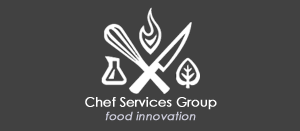
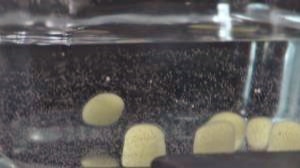
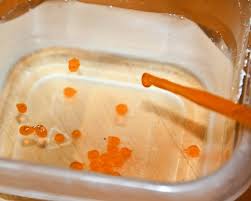 as calcium lactate is submerged in a sodium alginate bath. This process is optimum for high calcium or high alcohol containing liquids.
as calcium lactate is submerged in a sodium alginate bath. This process is optimum for high calcium or high alcohol containing liquids.

